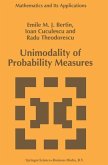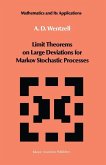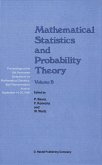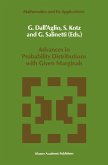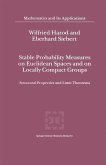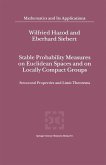Labor omnia vincit improbus. VIRGIL, Georgica I, 144-145. In the first part of his Theoria combinationis observationum erroribus min imis obnoxiae, published in 1821, Carl Friedrich Gauss [Gau80, p.10] deduces a Chebyshev-type inequality for a probability density function, when it only has the property that its value always decreases, or at least does l not increase, if the absolute value of x increases . One may therefore conjecture that Gauss is one of the first scientists to use the property of 'single-humpedness' of a probability density function in a meaningful probabilistic context. More than seventy years later, zoologist W.F.R. Weldon was faced with 'double humpedness'. Indeed, discussing peculiarities of a population of Naples crabs, possi bly connected to natural selection, he writes to Karl Pearson (E.S. Pearson [Pea78, p.328]): Out of the mouths of babes and sucklings hath He perfected praise! In the last few evenings I have wrestled with a double humped curve, and have overthrown it. Enclosed is the diagram... If you scoff at this, I shall never forgive you. Not only did Pearson not scoff at this bimodal probability density function, he examined it and succeeded in decomposing it into two 'single-humped curves' in his first statistical memoir (Pearson [Pea94]).


